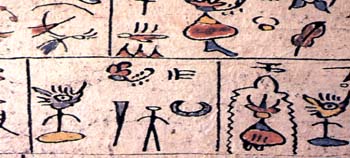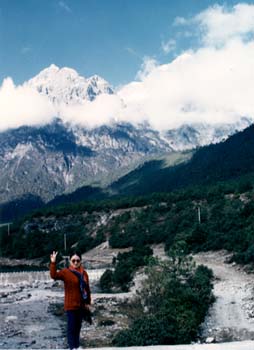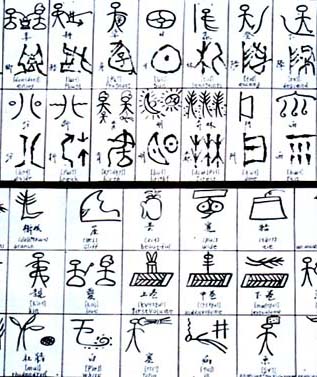

|
Lijiang will always have a special place in my heart. It was the first place I was assigned to teach after graduation from college. I met many wonderful people here and it has been very rewarding to see how their lives have developed over the years. Lijiang is situated in the north of Yunnan bordering the autonomous region of Tibet. It is the home of the Naxi, an ancient matriarchal society, descended from Tibetan nomads. In the past all property and children belonged to women. After the Liberation men attained equality but old traditions die out slowly and the eldest woman in the family continues to weild considerable influence. The city of Lijiang is on a plain at the foot of snow-capped mountains. It has maintained its position as the cultural and market center for the Naxi and other minority nationalities in the area for centuries. Today it is easy to visit Lijiang with flights arriving daily from many cities in China. |
 | ||
Black Dragon PoolBlack Dragon Pool is a park located on north side of Lijiang. From here there are good views of Jade Snow Mountain. Here is the Dongba Research Institute which seeks to preserve the ancient traditions and script of the Naxi minority nationality. At the Institute you can see masters of the brush compose beautiful texts in both Naxi and traditional Chinese characters. The park is a great place to spend a few hours relaxing and just enjoying the scenery Lijiang has to offer. Back to: Top |
|||
Jade Dragon Snow MountainKnown as Yulongxue Shan this peak soars 5500 meters above the city. Its peak was not reached until 1963 when a research team from Beijing finally achieved the summit. Today there is a chairlift taking tourists to its lower reaches and a ski resort is being developed. This view with me, Yuxuan, in the foreground is from the side opposite Lijiang. Back to: Top |
 | ||
Naxi WritingOver 1000 years ago the Naxi developed a pictographic writing system. The most famous writing in Naxi is the Dongba, cosisting of 500 volumes. The Dongba were Naxi shamans who taught and preserved the Naxi script over the centuries. While not routinely used Naxi writing is still practiced and read by many. The Dongba also served as religous mediators and priests. Joseph Rock an Austro-American lived in Lijiang from 1922 to 1949. He translated many of the ancient Naxi texts into English and wrote many books and articles regarding their culture. Back to: Top |
 |